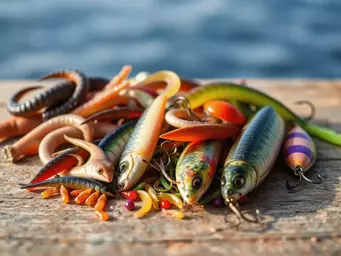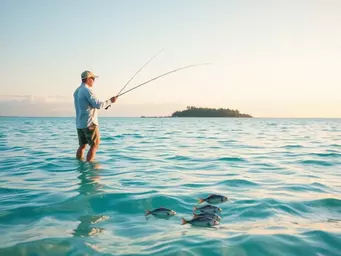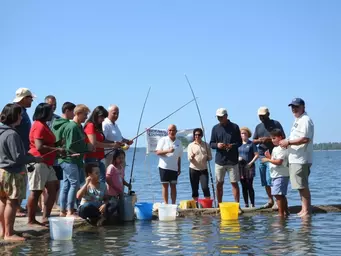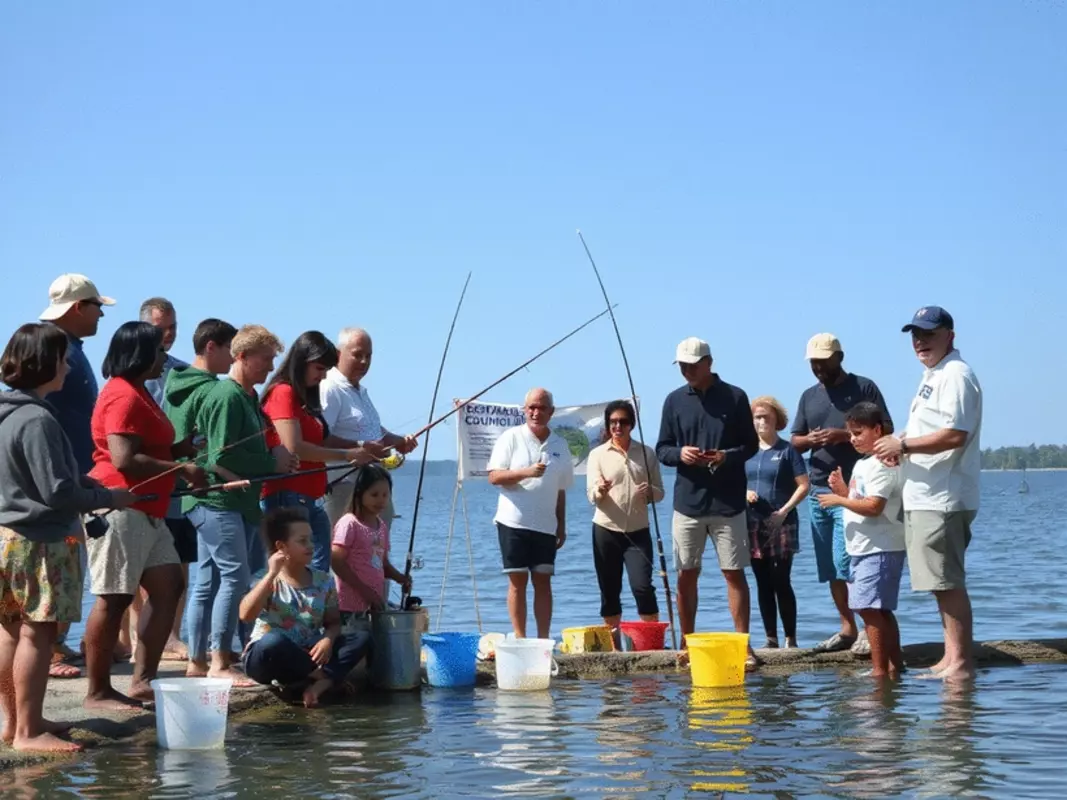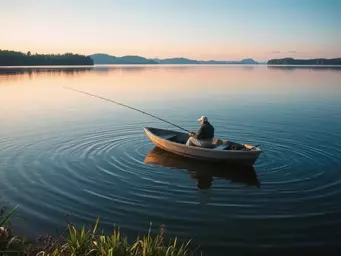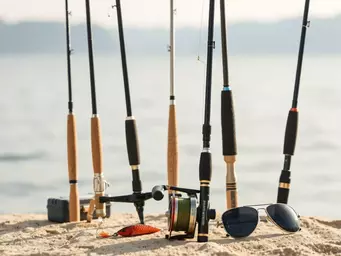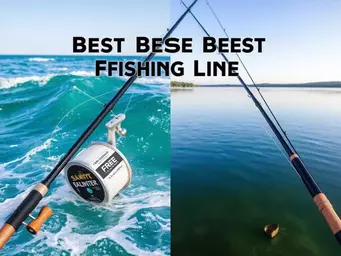Mastering Hook Setting Techniques
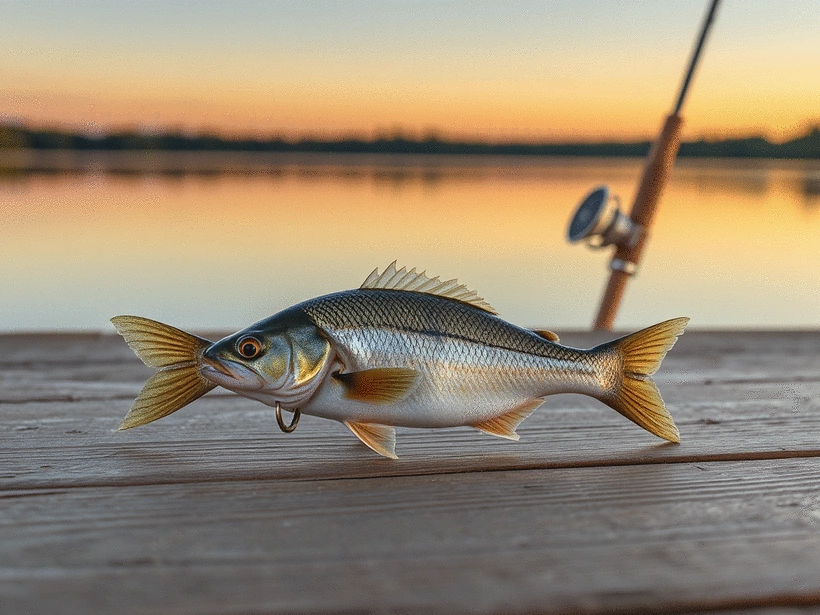
Timing is everything, especially when it comes to setting the hook while fishing. With the right techniques, you can transform your fishing game and increase your success rate significantly. Let's explore what you'll learn from this article!
What You Will Learn
- Understanding the critical role of timing in hook setting can enhance your fishing effectiveness.
- Fish behavior and water conditions significantly influence when to set your hook.
- Choosing the right gear, including rods, reels, and line types, can optimize your performance.
- Adapting your hook setting technique based on the species of fish can lead to increased catch rates.
- Continuous learning and experimentation are essential for improving your fishing skills.
- Engaging with the fishing community can provide valuable insights and shared experiences.
Fishing Hook Setting: Timing & Gear Impact
Mastering hook setting involves a blend of precise timing, understanding fish behavior and bait, and utilizing the right gear. The visual below highlights these critical elements.
Understanding Hook Set Timing
- Fish Behavior: Adapt to nibbling vs. full take.
- Type of Bait: Slower for live bait, quicker for lures.
- Water Conditions: Murky water can allow quicker sets.
Analyzing Gear Impact on Catch Rates
- Rod Action: Fast action for greater sensitivity.
- Reel Type: Match speed and retrieval to style.
- Line Strength: Essential for handling hook setting force.
Choosing the Right Fishing Gear
- Rods: Spinning for versatility, baitcasting for precision.
- Reels: Select based on target species.
- Line Types: Monofilament for beginners, braided for strength.
Key Techniques to Maximize Catch
- Pay attention to timing of hook set.
- Choose appropriate gear for your style.
- Adapt to species and fishing conditions.
- Manage slack line and select effective bait.
The Mechanics Behind Effective Hook Setting Techniques
When it comes to fishing, hook setting techniques can make or break your catch. It’s not just about feeling the tug on your line; it’s about timing your response perfectly to ensure that you land that fish. In this section, I'll dive into the mechanics behind effective hook setting and why understanding them is crucial for every angler, from beginners to seasoned pros.
Proper timing in hook setting can significantly increase your success rate. The moment you feel a bite, your instinct might be to jerk the rod back immediately. However, taking a brief second to assess the situation can mean the difference between reeling in a prized catch or watching it swim away. Have you ever felt that rush of adrenaline when you know you’ve hooked something big? That’s the moment we want to capture with the right technique!
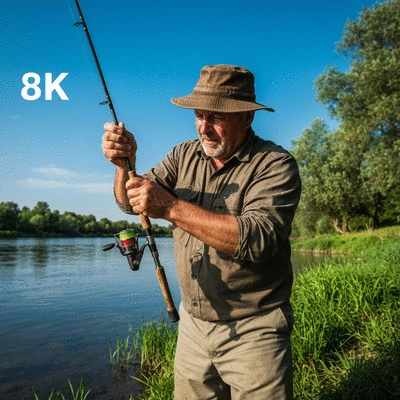
Understanding the Importance of Hook Set Timing
Timing is everything in fishing. Here’s why it matters:
- Fish Behavior: Knowing when to set the hook depends on the fish's behavior. If a fish is nibbling, waiting for a moment can ensure it has taken the bait fully.
- Type of Bait: Different baits behave differently. For instance, live bait may require a slower hook set than lures, which often need a quick response to mimic an escape.
- Water Conditions: The clarity of the water can also dictate your timing. In murky waters, fish may be less cautious, allowing for quicker hook setting. Research from the North American Journal of Fisheries Management highlights how environmental factors, including water conditions, influence fish feeding behavior and, consequently, optimal hook set timing.
Getting the timing right can elevate your fishing game. It’s about understanding the nuances of each fishing scenario and adapting your technique accordingly.
Analyzing Gear Impact on Catch Rates
Your gear plays a pivotal role in the effectiveness of your hook setting. The right equipment can optimize your performance, boosting your catch rates. Here are some key elements to consider:
- Rod Action: A fast action rod provides greater sensitivity, making it easier to detect bites.
- Reel Type: Different reels offer varying speeds and retrieval methods. Choose one that complements your fishing style.
- Line Strength: A strong line can handle the force of a hook set, while a weaker line might snap under pressure. For example, studies on fishing mortality, such as those published in the North American Journal of Fisheries Management, often consider the impact of gear strength on fish survival, which indirectly points to the importance of line strength in successful, clean hook sets.
Make sure to analyze your gear regularly. Investing in quality equipment can profoundly impact your success rate on the water. As someone who loves trying out new tackle, I can attest that finding the right setup is essential for every angler!
Choosing the Right Fishing Gear: Rods, Reels, and Line Types
Choosing the appropriate fishing gear is not just a matter of preference; it’s a strategic decision that affects your hook setting technique. Here’s a quick guide to help you select the right equipment:
- Rods: Look for a rod that matches your fishing style—spinning rods are great for versatility, while baitcasting rods offer precision.
- Reels: Choose reels based on the species you’re targeting—larger fish may require baitcasting reels, while lighter options work well for panfish.
- Line Types: Monofilament line is great for beginners, while braided line offers better sensitivity and strength for experienced anglers. Understanding how different gear affects catch rates and fish welfare is an ongoing area of study, as demonstrated by research in Frontiers in Marine Science regarding gear selectivity and its implications for sustainable fishing.
Picking the right gear might require some experimentation, but it ultimately enhances your overall fishing experience. When I first started, I spent hours researching different setups before hitting the water, and it certainly paid off!
Pro Tip
Did you know? The key to effective hook setting often lies in your ability to read the water. Observing surface disturbances and fish behavior can provide valuable cues on when to set the hook. Always keep an eye out for signs like jumping fish, ripples, or sudden changes in water current—these can indicate feeding activity. By honing your observational skills, you can significantly improve your timing and increase your catch rate.
Frequently Asked Questions About Hook Setting
- Q: Why is timing so important when setting a hook?
- A: Timing is crucial because it ensures the fish has fully taken the bait into its mouth, leading to a secure hook set and increasing the likelihood of landing the fish. Premature hook sets can pull the bait away, while delayed sets might result in the fish spitting out the bait.
- Q: How does fish behavior influence hook setting?
- A: Different fish species and their feeding habits dictate how you should set the hook. For instance, a gentle nibbler might require a moment of waiting, whereas an aggressive striker might need an immediate, firm set. Observing fish behavior helps you adapt your technique for better results.
- Q: What role does fishing gear play in effective hook setting?
- A: The right gear, including rod action, reel type, and line strength, significantly impacts your ability to detect bites and execute a powerful hook set. Fast-action rods offer sensitivity, appropriate reels ensure quick retrieval, and strong lines prevent breakage during the set.
- Q: Should I use different hook setting techniques for live bait versus lures?
- A: Yes, generally. With live bait, it's often better to wait a moment to allow the fish to fully ingest the bait before setting the hook. For lures, a quicker, more responsive hook set is usually required, as fish often strike lures aggressively and briefly.
- Q: What are some common mistakes to avoid when setting the hook?
- A: Common mistakes include setting the hook too early (pulling the bait out of the fish's mouth), setting it too late (allowing the fish to spit the bait), not using enough force, or having too much slack in the line. Learning to manage slack and apply consistent pressure is key.
Summarizing the Art and Science of Setting the Hook
As we wrap up our discussion on the intricacies of hook setting techniques, it's vital to recognize the blend of art and science involved. Throughout this article, we explored various methods and their impact on your catch rate. By mastering the timing of your hook set, understanding your gear, and adapting your techniques to different fishing situations, you can truly elevate your fishing game!
Here’s a quick recap of the essential techniques to maximize your catch:
- Pay attention to the timing of your hook set.
- Choose the right gear for your fishing style.
- Adapt your hook setting technique to the species you’re targeting.
- Consider factors like slack line management and bait selection.
Each of these components plays a crucial role in ensuring your success out on the water. Remember, fishing is as much about the journey as it is about the catch!
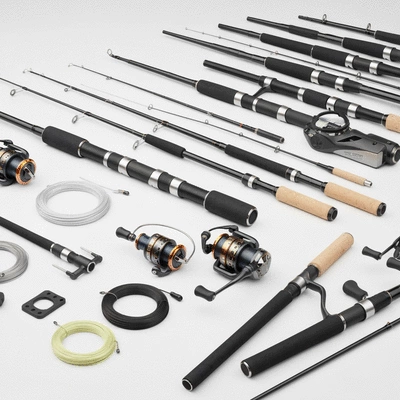
Encouraging Continuous Learning and Experimentation in Fishing
Fishing is an ever-evolving sport, and I encourage all anglers, whether you're just starting at Addict Fishing or you’re a seasoned pro, to embrace continuous learning. Each trip offers a new opportunity to refine your skills and adapt your approach. Don't hesitate to experiment with different techniques and strategies!
Have you tested a new hook setting method that improved your catch? Or perhaps you discovered a unique gear combination that made a difference? Sharing these experiences not only enhances your own skills but also contributes to the vibrant community of anglers.
Engaging with the Fishing Community for Further Insights
Inviting Readers to Share Their Hook Setting Experiences and Tips
Your insights matter! I’d love to hear about your personal hook setting adventures and the tips you've picked up along the way. What works for you? Are there any specific techniques you swear by? Sharing your stories in the comments can inspire others in our fishing community.
Remember, each angler brings a unique perspective. By exchanging experiences, we all grow and learn together!
Resources for Advanced Anglers: Further Reading and Video Tutorials
For those looking to dive deeper into the art of fishing, there are plenty of resources available. Here are some recommended options to expand your knowledge:
- Books on advanced hook setting techniques and fish behavior
- Online tutorials that offer visual guidance on different methods
- Podcasts featuring expert anglers sharing their insights
These resources can enhance your understanding of fishing and provide new strategies to try on your next outing. Let’s continue to learn from each other!
Exploring Online Fishing Forums and Blogs for Knowledge Sharing
Don’t underestimate the power of community! Online fishing forums and dedicated blogs are treasure troves of information. Participating in these platforms allows you to ask questions, share your experiences, and discover new techniques from fellow fishing enthusiasts.
Some popular forums include:
- Fishing.com Community
- Ultimate Bass Forum
- Fishbrain Social Network
Engaging with these communities not only enhances your skillset but also helps build lasting connections with other anglers who share your passion. Let's keep the conversation going and foster a thriving community of fishing aficionados!
Recap of Key Points
Here is a quick recap of the important points discussed in the article:
- Proper timing is crucial for effective hook setting to increase your catch rate.
- Choose the right fishing gear tailored to your fishing style and the species you are targeting.
- Understand the behavior of fish and water conditions to adapt your hook setting technique.
- Pay attention to slack line management and bait selection to improve your success on the water.
